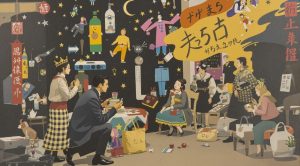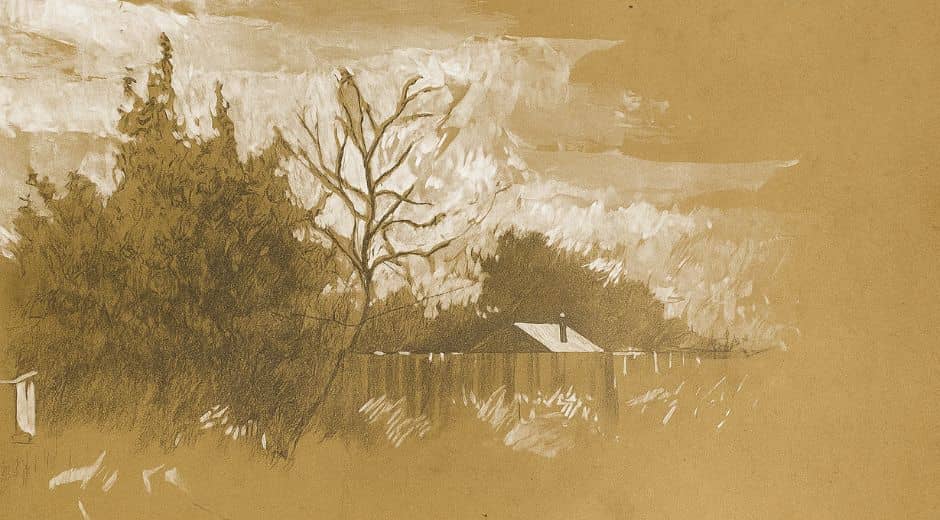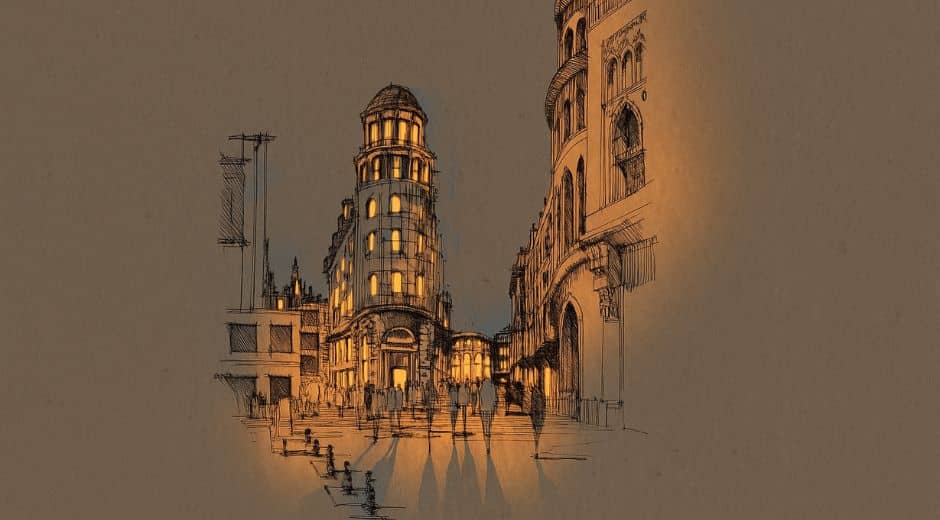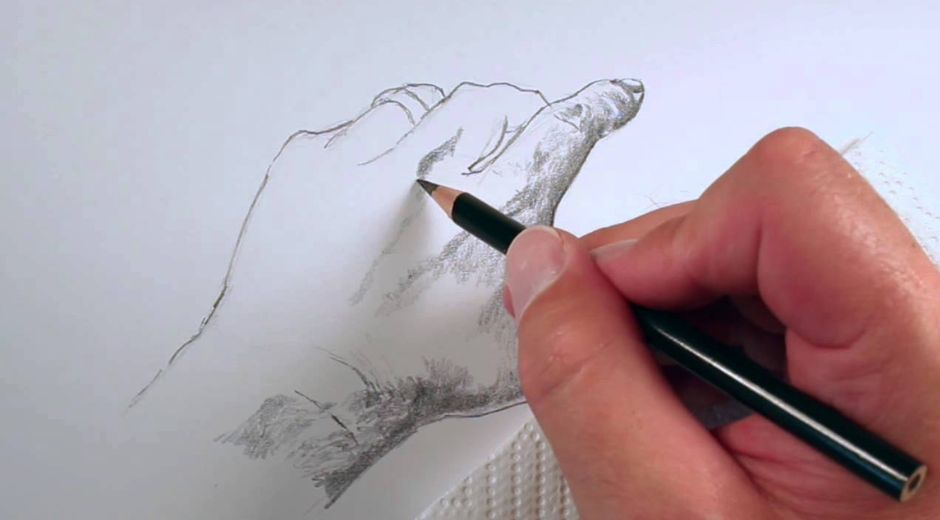Drawing Depth: Exploring Form, Texture, and Light
Drawing Depth: Exploring Form, Texture, and Light
The Dimension of Seeing
A drawing doesn’t need complexity to hold attention — it needs depth. Whether you work in graphite, ink, or digital media, the balance of form, texture, and light determines how the viewer experiences your work.
Depth isn’t only a visual trick; it’s the ability to see beyond the surface. Once you learn to interpret the relationship between shadow, weight, and balance, your drawings start to feel alive.
Let’s explore the three building blocks that bring drawings into full dimension.
1. Form — The Foundation of Structure
Form gives drawing its presence. Without it, everything remains flat and lifeless. It’s what makes a sphere look round, a figure feel grounded, and a still life carry weight.
To master form, start by breaking shapes into basic solids — cylinders, cubes, and spheres. Observe how these objects react to perspective and lighting.
A few tips:
-
Rotate the subject mentally; imagine its unseen sides.
-
Use contour and shading to describe volume.
-
Keep construction lines loose and responsive.
Once you build confidence in form, every stroke feels more intentional — a structure rather than a guess.
For insights into how spatial design influences drawing perception, visit this discussion on spatial balance.
2. Texture — Giving Surfaces Their Voice
Texture tells the viewer what something feels like: the roughness of bark, the softness of skin, the shine of metal. It’s the detail that bridges visual and tactile reality.
There are two key ways to express texture effectively:
-
Through Mark Variation:
Use changes in stroke direction, length, and density to simulate material differences. -
Through Contrast:
Smooth versus coarse areas guide the viewer’s eye — and establish realism through subtle opposition.
Remember, texture shouldn’t overwhelm form. Instead, it enhances structure — the quiet layer that makes a drawing believable.
3. Light — The Element That Defines Everything
Light is the invisible architect of visual depth. It creates hierarchy, mood, and clarity.
To work effectively with light:
-
Identify your main light source before you begin.
-
Establish a range of tones — from deep shadows to highlights.
-
Avoid filling every space; let contrast breathe.
Good lighting doesn’t only illuminate; it shapes. It defines where the eye travels, what details emerge, and how the subject feels anchored in space.
4. The Role of Observation
Every skilled drafter shares one thing: sharp observation. The way you look determines the way you draw. Slow down — study how light wraps around an edge, how textures fade in distance, how forms overlap.
Drawing isn’t copying; it’s understanding. When you observe deeply, the marks you place carry intention, not guesswork.
A great exercise:
Pick a simple object and draw it in three lighting conditions — morning, midday, and late afternoon. Notice how each drawing tells a completely different story through shadow and tone.
5. The Balance of Technique and Simplicity
In pursuit of realism, it’s easy to overwork a piece. But restraint often delivers stronger impact than detail alone. The best illustrations show what’s essential — and leave room for the viewer’s imagination.
Balance detail with empty space. Let your strokes breathe.
A drawing that feels effortless often hides hundreds of small, deliberate decisions underneath.
6. The Modern Edge — Digital Adaptation
Today, illustration merges traditional skills with digital adaptability. Tablets and stylus-based programs allow artists to explore light, texture, and form with precision and flexibility.
Modern tools offer:
-
Layer control for lighting experiments.
-
Pressure sensitivity that mirrors real pencil response.
-
Infinite editing freedom without losing structure.
Technology doesn’t replace skill — it amplifies it. The same foundational principles apply, just with new tools and a cleaner workflow.
For more insights into how technology and process design evolve together, explore AutoShiftWise.com.
7. Growth Through Practice
Mastering depth is less about natural ability and more about consistency.
Practice doesn’t just refine your technique — it trains your vision.
-
Study reference images under different light.
-
Experiment with varying textures each week.
-
Analyze how form changes in perspective.
Each sketch builds a stronger sense of dimensional awareness — the cornerstone of confident drawing.
Conclusion: Depth Is More Than Dimension
Depth isn’t only about three-dimensional accuracy — it’s about understanding the relationship between shape, surface, and light.
When you draw with awareness of these principles, every page becomes a study in balance and presence.
“Depth begins where observation meets intention.”
Every mark becomes part of a structure, every tone a decision, every highlight a revelation.
That’s where skill meets vision — and flat drawings become unforgettable ones.
Inspiration Expression Eternity

Shaping Atmosphere: How Visual Choices Transform a Space
A space changes instantly through form, color, shadow, and arrangement. Explore how thoughtful visual decisions influence mood and elevate everyday interiors.

Shaping a Scene: How Structure Guides the Eye
Every sketch benefits from structure. By guiding the viewer’s eye with thoughtful arrangement, illustrators create pieces that feel intentional, balanced, and visually inviting.

How Traditions Evolve Through Modern Life
Traditions don’t disappear as time passes — they shift, adapt, and take on new forms. Explore how modern life reshapes long-standing customs while keeping their spirit alive.












